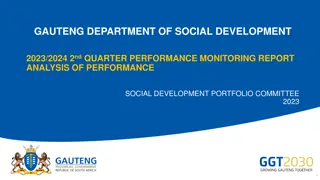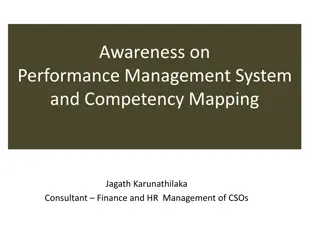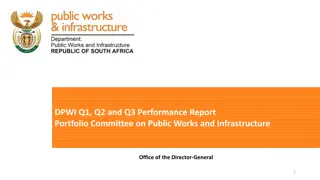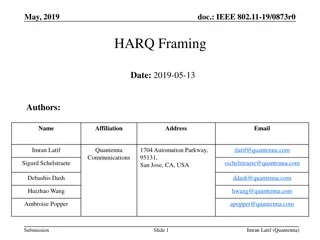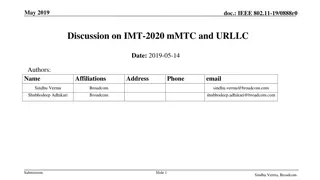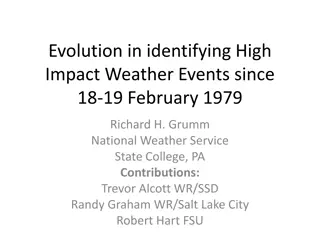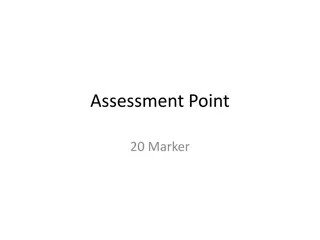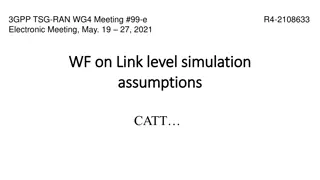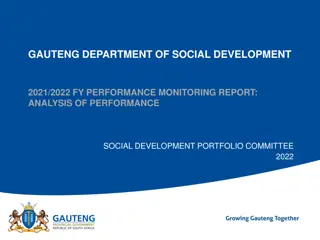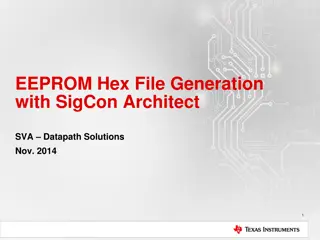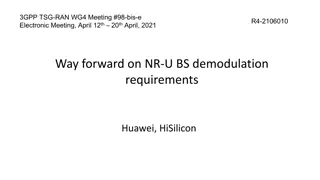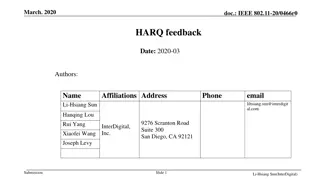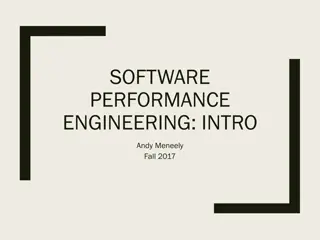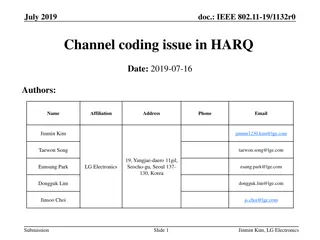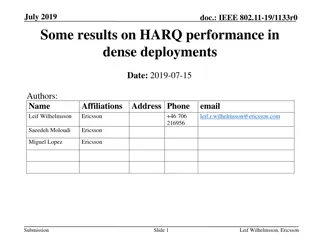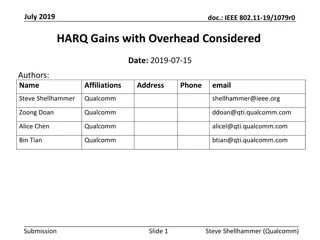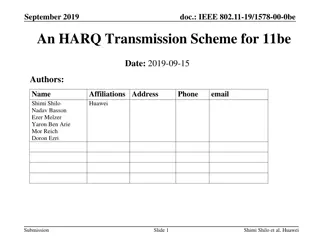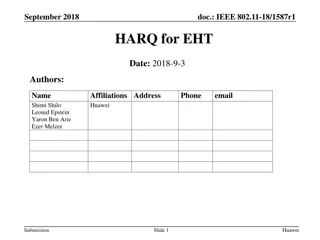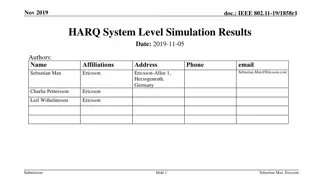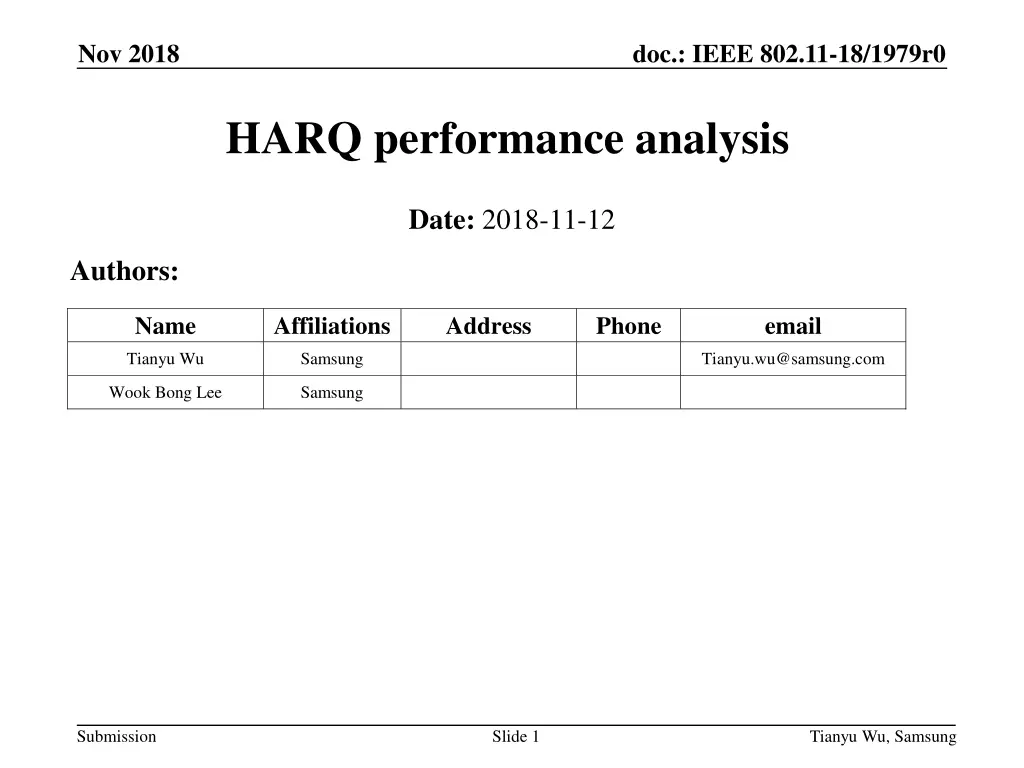
IEEE 802.11-18/1979r0 HARQ Performance Analysis Nov 2018
"Explore the HARQ performance analysis in IEEE 802.11-18/1979r0 document from Nov 2018, focusing on the implications, challenges, and comparisons of link adaptation algorithms with and without HARQ for improved efficiency."
Download Presentation

Please find below an Image/Link to download the presentation.
The content on the website is provided AS IS for your information and personal use only. It may not be sold, licensed, or shared on other websites without obtaining consent from the author. If you encounter any issues during the download, it is possible that the publisher has removed the file from their server.
You are allowed to download the files provided on this website for personal or commercial use, subject to the condition that they are used lawfully. All files are the property of their respective owners.
The content on the website is provided AS IS for your information and personal use only. It may not be sold, licensed, or shared on other websites without obtaining consent from the author.
E N D
Presentation Transcript
Nov 2018 doc.: IEEE 802.11-18/1979r0 HARQ performance analysis Date: 2018-11-12 Authors: Name Affiliations Address Phone email Tianyu Wu Samsung Tianyu.wu@samsung.com Wook Bong Lee Samsung Submission Slide 1 Tianyu Wu, Samsung
Nov 2018 doc.: IEEE 802.11-18/1979r0 Abstract There are a number of EHT contributions discussing HARQ [1,2,3,4,5]. In this contribution, we share some simulation results and our thoughts on this feature. Submission Slide 2 Tianyu Wu, Samsung
Nov 2018 doc.: IEEE 802.11-18/1979r0 HARQ and Link adaptation HARQ is an add-on feature for open loop link adaptation schemes. AMPDU 1 AMPDU 2 LA: MPDU 1 MPDU 2 MPDU 3 MPDU 4 BA MPDU 2 MPDU 5 MPDU 6 BA Failed MPDU Retransmitted MPDU 2, MCS selection follow LA algorithm. AMPDU 1 AMPDU 2 LA+ HARQ: MPDU 1 MPDU 2 MPDU 3 MPDU 4 BA MPDU 2 MPDU 5 MPDU 6 BA Failed MPDU Retransmitted MPDU 2. Chase combining: repeated MPDU 2 with same MCS. IR: More redundant parts of MPDU 2. RX side need to store the failed MPDU 2 for combining. HARQ major complexity and cost Chase combining (CC) Extra memory to store the failed MPDUs. Implementation complexity. Incremental redundancy (IR) Extra memory. Large memory need at AP side and hard to estimate how many extra memory is sufficient to support the feature. More implementation complexity such as modification of existing coding chain. Slide 3 Submission Tianyu Wu, Samsung
Nov 2018 doc.: IEEE 802.11-18/1979r0 Schemes for comparison To evaluate HARQ feature, we compare the performance of link adaptation algorithms with and without HARQ. Popular link adaptation (LA) schemes including auto rate fallback (ARF), adaptive ARF (AARF)[6] etc. We use AARF and some enhanced LA for comparison. HARQ: CC: Retransmission same MPDU when there is a fail. CC with retransmission diversity (CC+div): In retransmitted MPDU, a different BCC interleaver/LDPC tone mapper is applied for diversity. Link adaptation: ARF: Decrease the MCS after two consecutive fails. Try higher MCS level after a threshold number (e.g. 10) of success transmissions. AARF: ARF with adaptive threshold for increasing the MCS. When a probe packet fails, switch back to previous lower rate and also multiply by 2 the number of consecutive successful transmissions required to switch to a higher rate (Max 50). Some enhanced LA algorithm. Submission Slide 4 Tianyu Wu, Samsung
Nov 2018 doc.: IEEE 802.11-18/1979r0 PER performance HARQ CC has 3dB PER gain. HARQ CC+div has ~7dB PER gain for high MCSs. Careful selection of interleaver/ tone mapper for the retransmitted packet may bring a few dB more PER gain. For low MCSs less gain due to preamble errors since preamble has no different interleavers. PER is not a fair comparison For each MCS, the PER gain is comparing HARQ (combination of 2 transmission) with single transmission. Comparing with good link adaptation algorithm, the PER gain will be much smaller. Example: 23dB SNR, MCS8 may not be a good choice. MCS8 PER is ~0.9, MCS8 HARQ throughput is same as MCS4. Link adaptation start from MCS6 or 7 may have higher throughput. Submission Slide 5 Tianyu Wu, Samsung
Nov 2018 doc.: IEEE 802.11-18/1979r0 Throughput performance comparison Not much thp gain comparing to LA wo HARQ With 10% target PER, the throughput gain is very small. With 30% target PER, there is thp loss in high SNR case. Reason: retransmission loss is large with high MCS. Example: Retransmission of MCS8 has thp of MCS4. 30% chance reduce MCS8 to MCS4 is not a good choice. HARQ CC+div has little gain over HARQ CC Extra PER gain not converted to throughput gain. Reason: Same resource used for 2 HARQ schemes. In most cases, the packet will get through with HARQ retransmission, for either CC or CC+div scheme. With more MCS levels, the thp will increase. SNR gaps for current MCSs are large. Define more MCSs in the middle will help improve the thp. But it helps both w/wo HARQ cases similarly. Low SNR case has larger thp gain in percentage. Absolute value of thp gain is still small. In MCS0 case, preamble may become bottle neck. After considering preamble error, the thp gain will be smaller. Submission Slide 6 Tianyu Wu, Samsung
Nov 2018 doc.: IEEE 802.11-18/1979r0 More thoughts Proper link adaptation algorithm will follow the effective SINR of the time varying channel. Example: 26dB SNR at channel D. From Fig 3, seem that without HARQ, Tx should select MCS7. However, this is only true without link adaptation. For 26dB SNR, the time domain effective SINR is shown in Fig 2. With link adaptation, if effective SINR is below the gold line in Fig 2, transmitter can use MCS7. If it is above that line, transmitter can use MCS8. In slow varying Wi-Fi channels, the link adaptation algorithm works well. Fig.1 Fig.3 Fig.2 26dB Submission Slide 7 Tianyu Wu, Samsung
Nov 2018 doc.: IEEE 802.11-18/1979r0 Throughput on bursty interfered channel There could be bursty interferences and affect the link SINR. Example: when RTS/CTS is applied, there could be interferences <-82dBm. For fast fading /bursty interference case, throughput for both LA and HARQ cases decrease. With carefully selected target PER for the 1st packet, HARQ has more gain. For small SNR and large SNR range, there are almost no throughput gain. Optimal target PER for HARQ is not fixed, very hard to dynamically adapt. With bursty interference, 30% target PER achieve larger throughput gain With no bursty interference, 30% target PER suffer from throughput loss. -85dBm interference -90dBm Submission Slide 8 Tianyu Wu, Samsung
Nov 2018 doc.: IEEE 802.11-18/1979r0 Summary on HARQ HARQ CC performance is compared with LA algorithms. HARQ-IR requires much more work while the extra gain is questionable. Hence it is not considered as a promising feature. With different retransmission diversity, HARQ CC has extra diversity gain in PER performance. However, this gain convert to little throughput gain. HARQ brings very little throughput gain comparing to good link adaptation algorithms. In most cases, the packet get through after retransmission with either HARQ or LA algorithms. Only 10~20 percent chance HARQ has small throughput gain from higher MCS for the retransmission. HARQ should not be considered as a major EHT feature It is an old technology in cellular and more suitable for cellular system. It is a bad trade off with more complexity and cost for little throughput gain. Submission Slide 9 Tianyu Wu, Samsung
Nov 2018 doc.: IEEE 802.11-18/1979r0 Reference [1] 11-18/1116 Multi AP and HARQ for EHT [2] 11-18/1587 HARQ for EHT [3] 11-18/1547 Technology Features for 802.11 EHT [4] 11-18/1549 Candidate Technology Review [5] 11-18/1171 View on EHT objectives and technologies [6] IEEE 802.11 Rate Adaptation: A practical Approach. M. Lacage etc. Submission Slide 10 Tianyu Wu, Samsung

